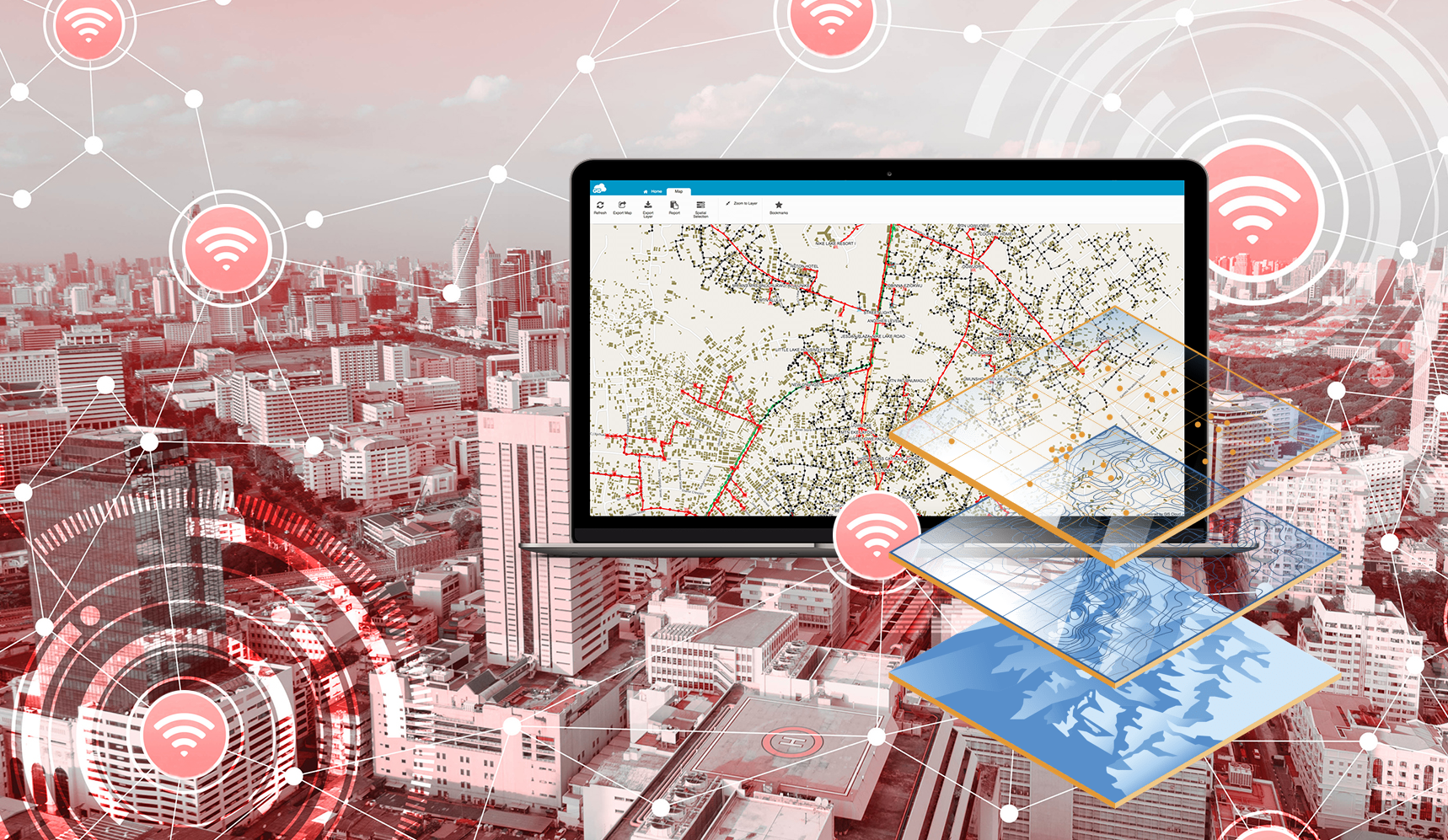The Complex Simplicity of Tech Trends in 2025
Simplicity, Efficiency, and Connectivity: The Trends Shaping 2025
As we step into 2025, the drive for simplicity, efficiency, and connectivity is reshaping the technological landscape. Three major trends—Artificial Intelligence (AI), Geographic Information Systems (GIS), and Radio Frequency Identification (RFID)—are converging to create a connected world where innovation drives smarter, faster and more intuitive solutions.
Artificial Intelligence: The Engine of Simplicity and Efficiency
At its core, AI uses advanced computing power to analyze vast datasets, identify patterns, and make decisions. Its primary goal is to simplify tasks and improve efficiency across industries.
AI uses powerful mathematical models that learn from data. These models evolve through:
Supervised learning, where labeled data trains the system to recognize specific patterns (e.g., distinguishing birds from non-birds).
Unsupervised learning, where the system discovers hidden correlations without predefined labels.
This adaptability allows AI to excel in diverse applications, from detecting cancerous lesions in medical imaging to optimizing supply chains. Generative AI, a recent breakthrough, goes further by creating new content—such as text, images, and videos—enhancing creativity and innovation.
RFID: Bridging the Physical and Digital
In a connected world, tying physical assets to their digital counterparts is crucial for efficient management. RFID technology achieves this through tiny tags embedded in or attached to physical objects, enabling their real-time tracking and identification.
When paired with GIS, RFID transforms asset management by providing a clear, location-based visualization of dispersed resources, from infrastructure to livestock. This simplifies workflows and ensures better decision-making by connecting field data with actionable insights.
GIS: Visualizing Connectivity
GIS is the cornerstone of location intelligence, turning spatial data into meaningful insights. By integrating AI and RFID, GIS platforms can manage assets with unprecedented precision. For example:
GeoAI, developed by Esri, combines AI with geospatial data to accelerate understanding of business opportunities, environmental impacts, and risks.
Digital twins, enhanced by RFID and GIS, enable precise simulation of real-world scenarios for better planning and timely maintenance of infrastructure.
The Convergence of AI, GIS, and RFID
The integration of these technologies creates a powerful ecosystem for achieving simplicity, efficiency, and connectivity. For instance:
Sensor-based monitoring systems: AI agents analyze RFID-enabled sensors on infrastructure (such as bridges) to detect issues early, triggering preventive maintenance.
Construction optimization: AI leverages GIS data to streamline schedules, minimize delays, and enhance resource allocation.
Traffic management: GIS-integrated AI dynamically adjusts traffic flow based on real-time data, reducing congestion.
Another development resulting from this convergence is the move toward simplifying systems. Organizations are less likely to add third party programs or create additional processes to accomplish their goals. Processes are integrated within a single platform. For example, Esri’s ArcGIS directly integrates RFID data so it’s available to applicable processes, such as infrastructure maintenance.
2025: The Year of AI Agents
In 2025 AI agents, capable of handling complex tasks with minimal input, are set to revolutionize operations across industries. These powerful processes proactively handle tasks with little interaction. Instead of giving specific instructions to complete a task, AI Agents can complete complex tasks with a single input. For example, a user can ask an AI Agent to set up an itinerary for a business trip during a specific time frame, and the agent would be able to create a detailed itinerary then book the trip.
This same powerful tool can be applied to nearly every digital operation - whether automating business processes or managing infrastructure, AI Agents will simplify decision-making and optimize efficiency.
Transforming the Future
As Deloitte predicts, AI will become so integrated into our lives that it will feel as invisible yet essential as electricity. Its seamless functionality, combined with GIS and RFID, will drive the simplicity, efficiency, and connectivity that define the future.
At Berntsen, we’re helping shape this transformation by delivering real-world RFID data that fuels smarter algorithms and enhances connectivity, ensuring that businesses can thrive in a rapidly evolving landscape.
References:
https://neuroject.com/2025-construction-forecast/
https://www.agcnys.org/articles/americas-infrastructure-1-44-trillion-short-through-2025-report/
https://www.nytimes.com/2024/12/09/special-series/first-time-ever-2024.html





